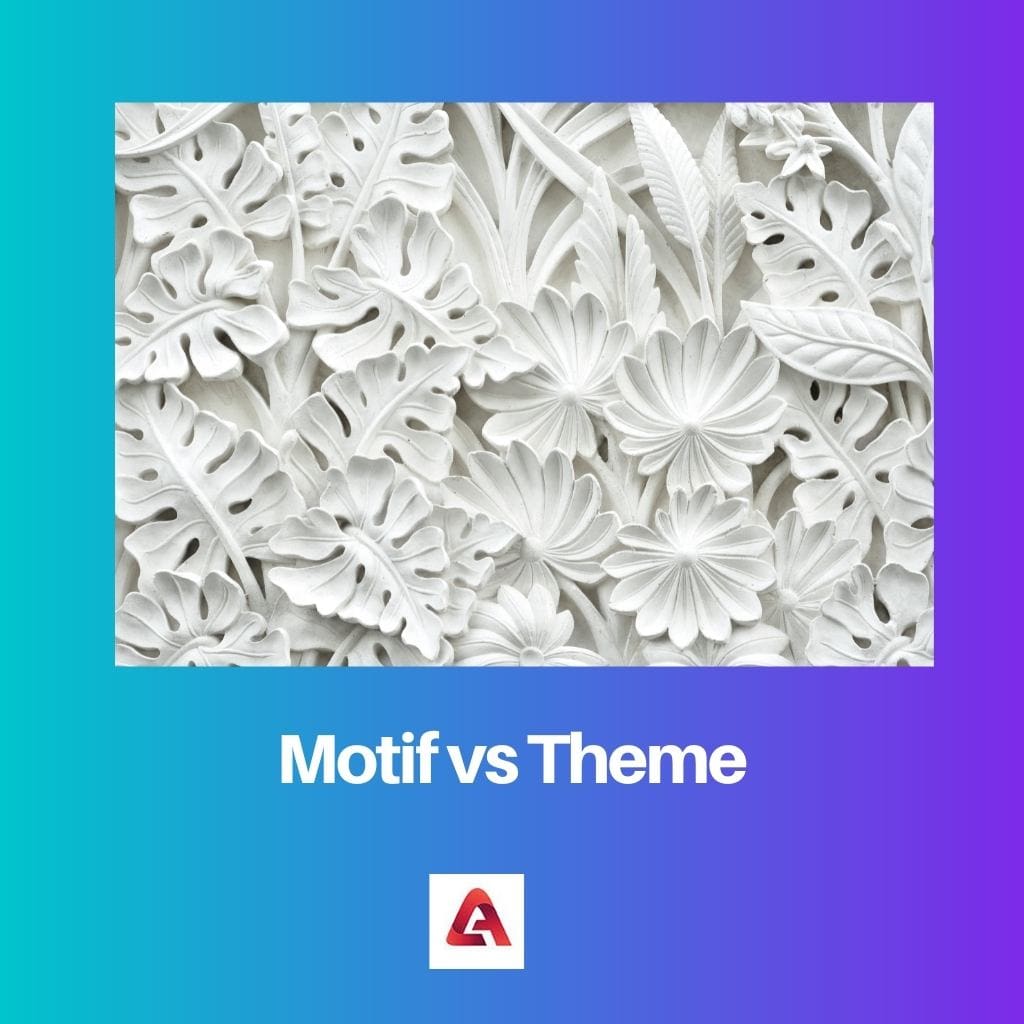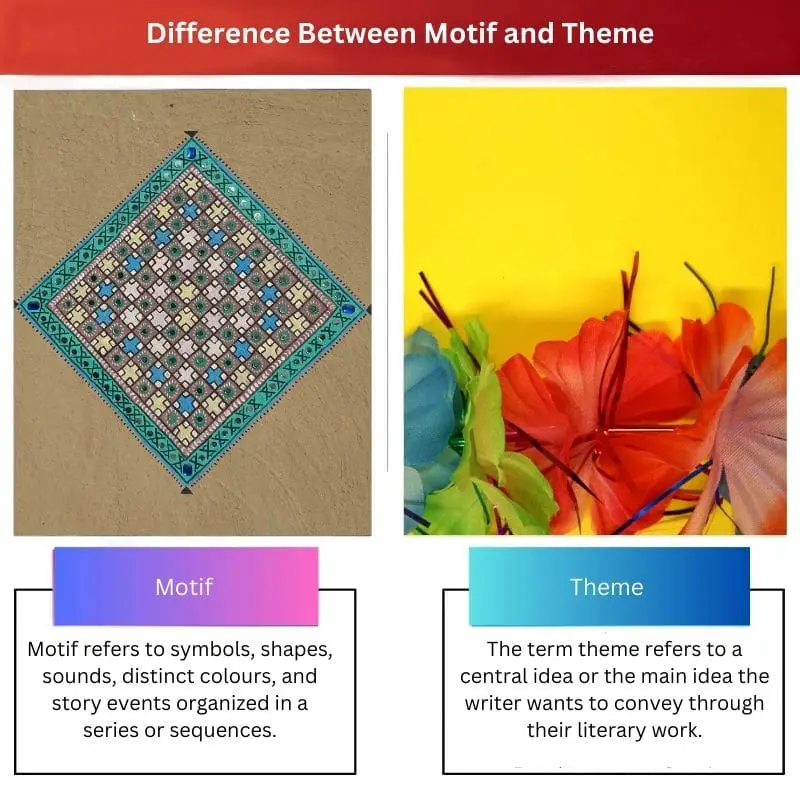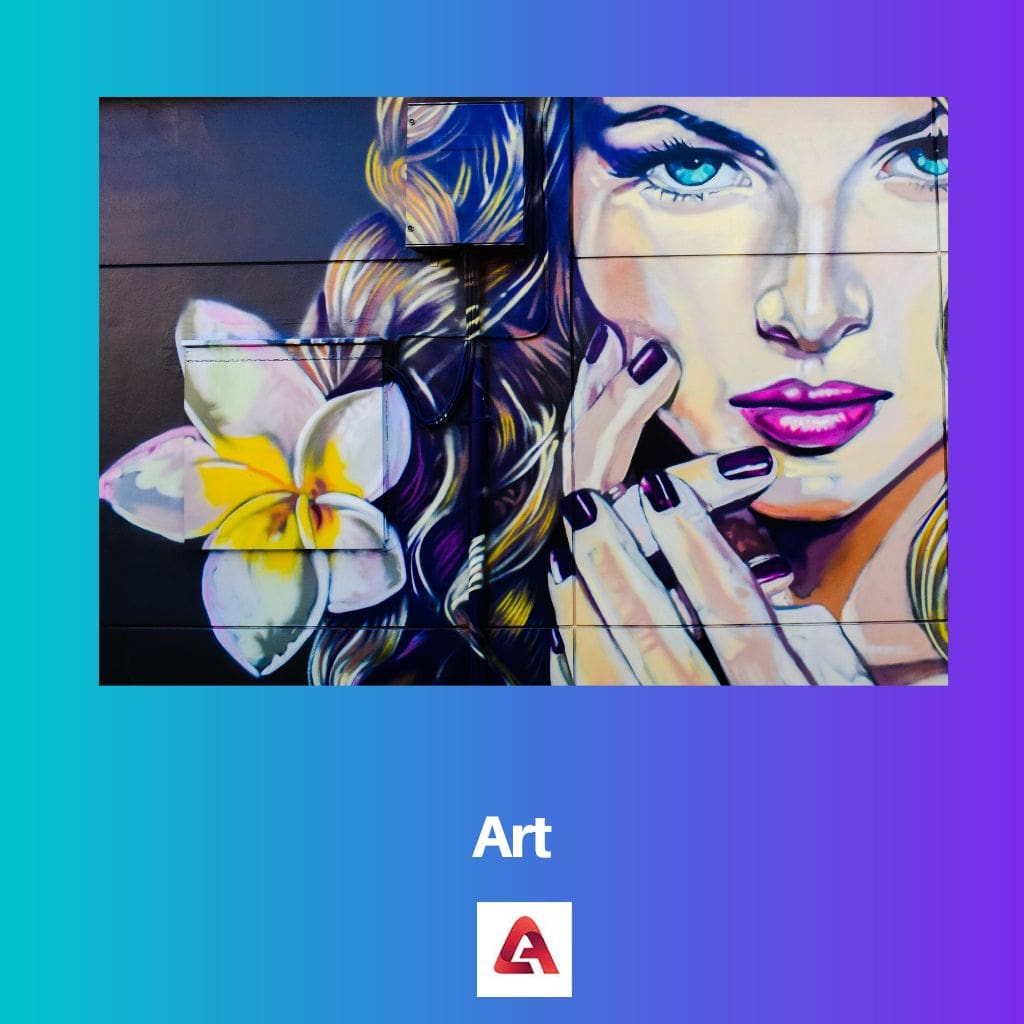Confusion always occurs to similar terms, and people consider both items the same. As we all know, motif and theme are very similar, so many consider both terms the same.
Motif refers to symbols of symbols, shapes, sounds, distinct colours, and organized events in a pattern or sequence. The term motif also gives significance, and symbolic value, to the theme of a play or a story.
Key Takeaways
- A motif is a recurring element or pattern in a work of art, while a Theme is an underlying message or meaning.
- A motif can be a symbol, image, or idea repeated throughout a work, while a Theme is the broad, overarching concept that ties the work together.
- The main difference between Motif and Theme is that a Motif is a recurring element or pattern in a work of art, while a Theme is an underlying message or meaning.
Motif vs Theme
The difference between motif and theme is that motif is considered concrete. On the other hand, the theme is considered to be abstract. The term theme considers a central idea or main idea that the writer gives through his or her literary work. It is considered a plot of the events that will make up the story. So the theme is considered to be the main event of the story.

Comparison Table
| Parameter of Comparison | Motif | Theme |
|---|---|---|
| Meaning | Motif refers to symbols, shapes, sounds, distinct colours, and story events organized in a series or sequences. | The term theme refers to a central idea or the main idea the writer wants to convey through their literary work. |
| Explicitly | The motif is explicit as it is clearly understood. | The theme is not explicitly given in the text. |
| Difference | The motif is considered to be concrete. | The theme is considered to be abstract. |
| Aim | It gives significant symbolic value to the main theme or plot of the play. | It gives the central idea or main motive that the writer wants to convey in his story. |
| Example | A repeated reference or visual of shattered glass can exemplify the motif. | Examples of the theme can be death, loneliness, friendship, honour, love, etc. |
What is a Motif?
The team motif is a recurring pattern in a writing workshop, which helps to gain strength in the story’s main theme. A motif can be considered symbolic or concrete, and it can also keep on supporting the story’s central idea or underlying theme.
Motif is considered a recurring element in a literary work, meaning the image or idea appears repeatedly. It is believed that if the related image can bring the audience’s attention to an idea, it will be known as the story motif.

What is a Theme?
To understand the theme, we can tell that every written piece has its purpose. The author wants to tell a reader about the idea, thought, concept, or process we call a theme.
It is considered if the brokenness comes as the story motif. We can say that author is trying to talk about love, relationship, and families, or if children break the window of a misunderstood neighbour‘s house, then it might seem that the author is trying to give the symbol about the gaps in understanding between people who do know each other very well.

Main Differences Between Motif and Theme
- Motif refers to symbols, shapes, sounds, distinct colours, and story events organized in a series or sequences. On the other hand, theme refers to a central idea or the main idea that the writer wants to convey through their literary work.
- The motif is explicit as it is clearly understood. On the other hand, the theme is not explicitly given in the text.
- The motif is considered to be concrete, whereas the theme is considered to be abstract.
- It gives significant symbolic value to the main theme or plot of the play. On the other hand, This gives the central idea or main motive the writer wants to convey in his story.
- A repeated reference or visual of shattered glass can be an example of a motif, whereas The example of the theme can be death, loneliness, friendship, honour, love, etc.





